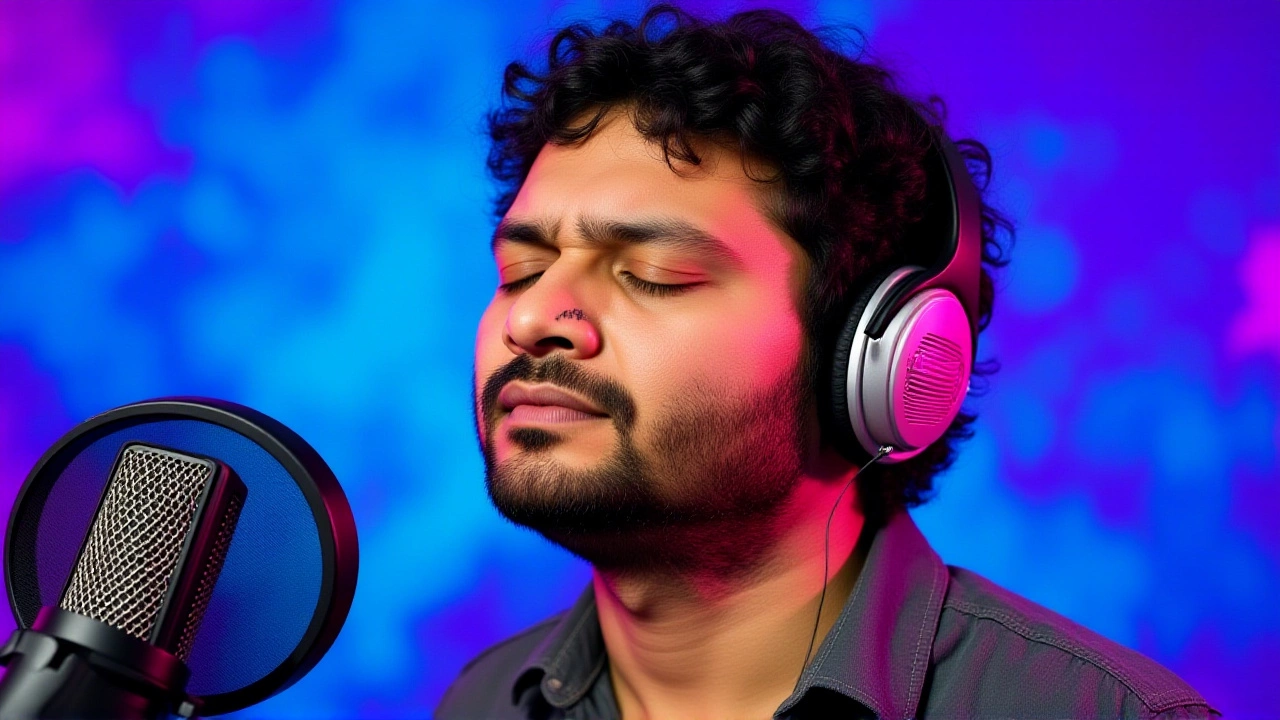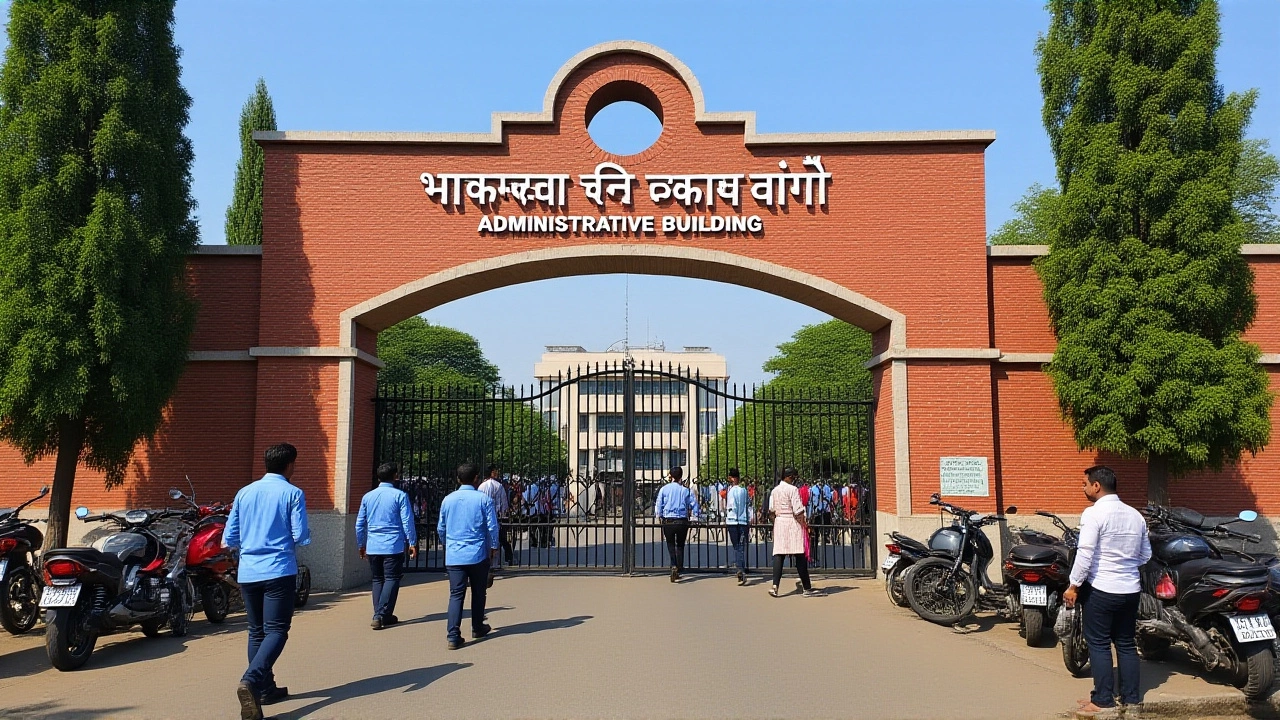On a crisp November morning in Sagar, Madhya Pradesh, thousands of students, educators, and citizens marched silently through the streets—not to protest, but to remember. At 7:00 AM on November 25, 2024, the Gaur Gaurav Yatra began at Teen Batti, Katra Sagar, winding its way to the statue of Dr. Sir Hari Singh Gour, culminating at the campus of Dr. Harisingh Gour Central University. The procession, organized by Dainik Bhaskar and supported by BTIRT Institute and the Kalpdham Group, wasn’t just a tribute. It was a demand. A quiet, resolute plea: award Dr. Gour the Bharat Ratna.
A Legacy That Refuses to Fade
Dr. Hari Singh Gour wasn’t just a professor or a judge. He was the architect of modern education in central India. Born in 1870, he studied law in England, returned to India, and instead of joining the colonial bar, he founded a university in Sagar in 1946—long before the nation’s independence was fully realized. His vision? A university that didn’t just teach law or literature, but lifted entire villages through knowledge. He believed education wasn’t a privilege for the elite—it was a right. And he built institutions to prove it. Today, that university—now officially named Dr. Harisingh Gour Central University—still stands. Its campus includes a mental health counseling center, a medicinal plant garden, a bank, a post office, and even an Indian Coffee House. These aren’t just amenities. They’re echoes of Gour’s belief that a university must serve the whole person, not just the student’s mind.The Bharat Ratna Campaign Gains Momentum
The call to honor him with India’s highest civilian award isn’t new. Back in March 2024, Chief Minister Mohan Yadav of Madhya Pradesh publicly backed the demand in an interview with The Hitavada. "Sagar is the only district in India where two universities were founded by a single individual," he said. "That alone speaks volumes about his vision." That wasn’t just rhetoric. The Madhya Pradesh government issued an official communication on March 13, 2024, titled "Push for Bharat Ratna Honor for Esteemed Educationist Dr. Harisingh Gaur Underway." The campaign had officially moved from the realm of sentiment to policy. Now, on his 155th birthday, the movement has reached a crescendo. Students held placards reading "Gour Ji, Bharat Ratna Dijiye." Faculty members from the Department of Pharmaceutical Sciences—where researcher Umesh K. Patil continues his work—joined the march. Even the university’s 2025–26 admission brochure, with its contact number 07582–297123, carries his name at the top.Unnat Bharat Abhiyan: The Living Legacy
What makes Gour’s legacy more than a statue? It’s the program that still breathes his philosophy: Unnat Bharat Abhiyan. Launched in 2014 after consultations with IIT Delhi and rural development groups, the initiative connects higher education with village-level problems. Students from DHSGSU now work with farmers in nearby districts to improve soil health. They design low-cost water filters. They teach digital literacy to women’s self-help groups. "Dr. Gour didn’t believe in ivory towers," says Professor Anjali Mehta, who coordinates the program. "He wanted knowledge to leave the campus and change lives. That’s exactly what Unnat Bharat Abhiyan does." The program’s mission—"to enable higher educational institutions to work with the people of rural India in identifying development challenges and evolving appropriate solutions"—wasn’t written by bureaucrats. It was written by Gour’s spirit.
Why This Matters Now
India has awarded the Bharat Ratna to freedom fighters, scientists, and musicians. But how many educators? Only a handful. Gour’s case is unique: he didn’t just teach—he rebuilt a system. He was the first Indian to serve as Vice-Chancellor of a university with full autonomy. He drafted the first Indian Penal Code after independence. He championed women’s education in the 1920s, when even progressive circles hesitated. The demand isn’t just about recognition. It’s about redefining what we value. In an era where rankings and ROI dominate education policy, Gour reminds us: the purpose of a university is not to produce employees, but citizens.What Comes Next?
The university’s administration has submitted a formal proposal to the Ministry of Home Affairs. A petition with over 47,000 signatures—mostly from students across Madhya Pradesh—is being prepared for submission to the President’s office. The timeline? Officials say it could take 6–12 months for a decision. But even if the award doesn’t come this year, the movement has already changed something: Sagar no longer sees Gour as a historical figure. He’s a living presence. His statue is touched by students before exams. His birthday is now a public holiday at the university. His name is on every syllabus, every hostel, every health center. The Bharat Ratna might be a medal. But what’s happening in Sagar? That’s a revolution.Frequently Asked Questions
Why hasn’t Dr. Hari Singh Gour been awarded the Bharat Ratna yet?
Despite his foundational role in Indian education and law, Dr. Gour’s contributions have historically been overshadowed by more politically visible figures. The Bharat Ratna selection process favors national leaders, scientists, or artists with broad public recognition. Gour’s legacy, though profound, was localized to institutional reform—making it harder to gain traction in a system that often prioritizes visibility over impact. The current campaign aims to reframe his work as nationally transformative.
How is Dr. Harisingh Gour Central University different from other Indian universities?
Unlike most universities that focus on academic excellence in isolation, DHSGSU integrates rural development into its core mission. Through Unnat Bharat Abhiyan, students and faculty live in and serve 12 adjacent villages, addressing issues like sanitation, agriculture, and healthcare. The campus even includes a post office and bank—facilities designed to mirror a self-sustaining community, reflecting Gour’s belief that education must serve society directly.
What specific reforms did Dr. Gour introduce in education?
Dr. Gour pioneered co-education in central India, established scholarships for Dalit and tribal students in the 1920s, and introduced vocational training alongside traditional degrees. He was also among the first to demand that university curricula reflect Indian languages and cultural contexts—not just British models. His 1920 book, "The University and the Nation," argued that higher education must be rooted in local needs, a radical idea at the time.
Who else has been awarded the Bharat Ratna for education?
Only two educators have received the Bharat Ratna: Sarvepalli Radhakrishnan (1954) and Maulana Abul Kalam Azad (1992, posthumously). Both were national figures with political influence. Gour’s case is different—he was a regional reformer whose impact was institutional rather than political. Advocates argue his legacy is deeper: he built the infrastructure for mass education in central India, a contribution that enabled millions to access learning.
Is there a timeline for when the Bharat Ratna decision might be announced?
There’s no official deadline. The Ministry of Home Affairs typically reviews nominations in late summer for awards announced on Republic Day (January 26). However, the 2025 list has already been largely finalized. The campaign team is now pushing for a special posthumous award in 2026, coinciding with the 80th anniversary of the university’s founding. The petition with 47,000 signatures will be formally submitted by December 2024.
How can people outside Sagar support this campaign?
The university’s alumni network has launched an online petition platform at dhsgsu.edu.in/gour-ratna, where individuals can sign and share. Educators are also encouraged to include Dr. Gour’s life and work in history and civics curricula. A national campaign hashtag, #GourJiBharatRatna, is being promoted on social media to raise awareness. The goal isn’t just to win an award—it’s to make his philosophy part of India’s educational identity.


